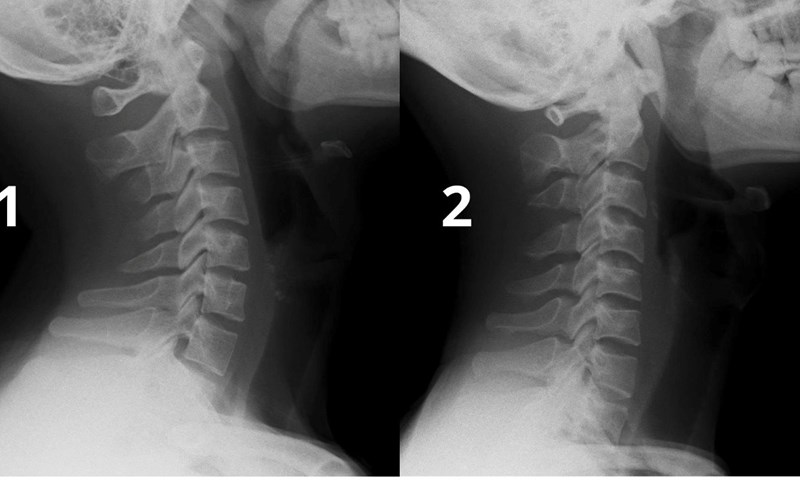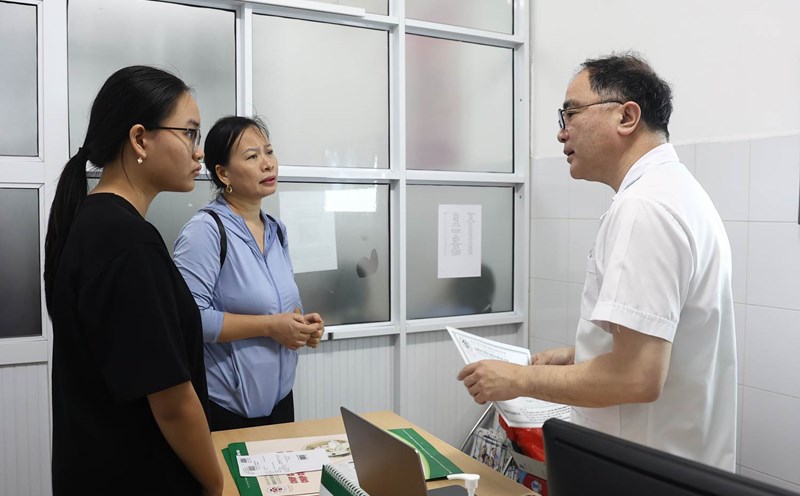pose not only affects your figure but also reflects your overall health, especially as you age. Sitting in the wrong position, lazy or choosing the wrong shoes can cause the spine to deviate, causing pain and fatigue early.
According to Dr. Mallory Christopherson, spinal neuropathy expert at Northwestern University Health Sciences (USA): "A proper pose not only helps relieve pain but also supports breathing, digestion and better body balance". Here are five ways recommended by experts to improve posture when entering middle age and old age.
Adjust sitting posture and maintain movement
sedentary lifestyle is the main cause of poor posture. Many office workers sit in front of a computer for hours, causing their backs and neck to bend forward.
Sit up straight, shoulders relaxed, head at eye level. Keep your core muscles (belly and lower back) moving gently to support your spine. If you have to work for a long time, you should take a break every 30 - 45 minutes to stretch your body, or switch to an alternate standing desk.
Exercises such as yoga, Pilates or Thai Thuc Quyen are very beneficial, helping to stretch the spine, improve balance and strengthen the muscle group to support posture. According to Dr. Christopherson: "Just 15 minutes of exercise per day also helps the spine become more flexible and significantly reduces neck and shoulder pain."
Keep bones strong and strengthen core muscles
The older you are, the weaker your bones become, especially in postmenopausal women, the main cause of osteoporosis and hunchback. To protect bones, you should increase calcium, vitamin D and protein from foods such as yogurt, green vegetables, seafood, salmon. Quitting smoking and limiting alcohol also helps strengthen bones.
At the same time, focus on weight training, brisk walking, climbing stairs, and light weight training. These activities help maintain bone density and improve spinal lines.
In addition, the core muscles (including the abdominal, back and hip muscles) are the pillar of the pose. A strong core muscle helps support the spine and reduce pressure on the lumbar region. Simple exercises such as plank, wall-backed or pelvic-ted squats when lying on your back all bring clear results.
Choose the right shoes and pay attention to warning signs
Shoes also contribute to maintaining correct posture. Shoes that are too high or too soft can tilt the pelvis, causing spinal deviation. Choose flat, vuable soles with supportive soles to reduce pressure when moving.
If you often have back, neck, or stiff joints after sitting for long periods of time, see a doctor or physical therapist. They can assess the cause and provide appropriate pose regulation instructions.
According to Dr. Christopherson: "Don't wait until chronic pain to find a solution, the right posture needs to be practiced daily, just like brushing your spine".
Maintaining a good posture is a simple but effective way to slow down the aging process of bones and joints. By exercising regularly, eating healthy and focusing on comfort when sitting and walking upright, you can protect your body from pain caused by incorrect posture and keep your figure firm and confident at any age.











